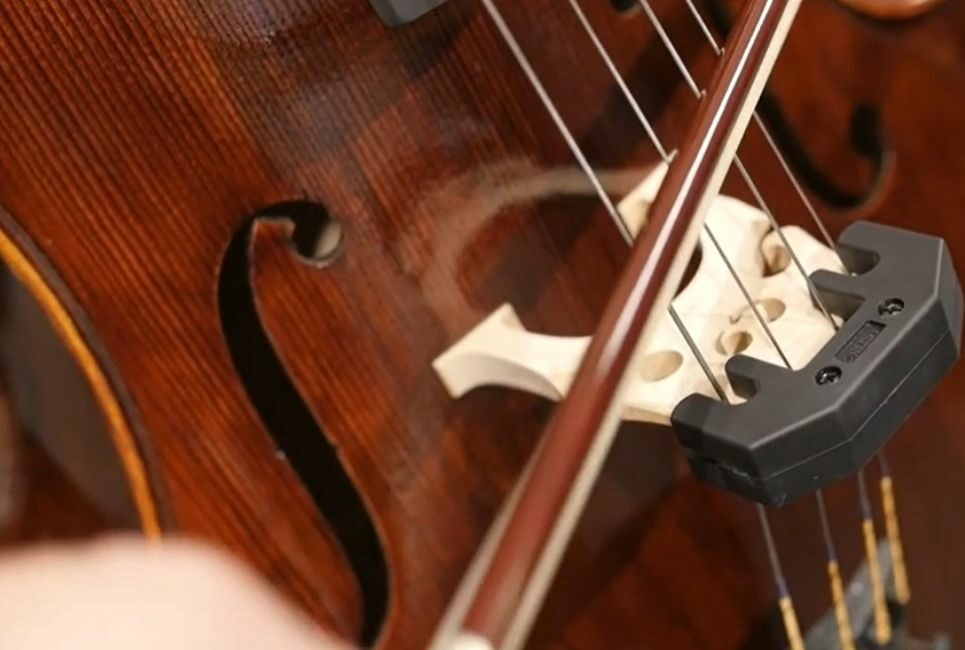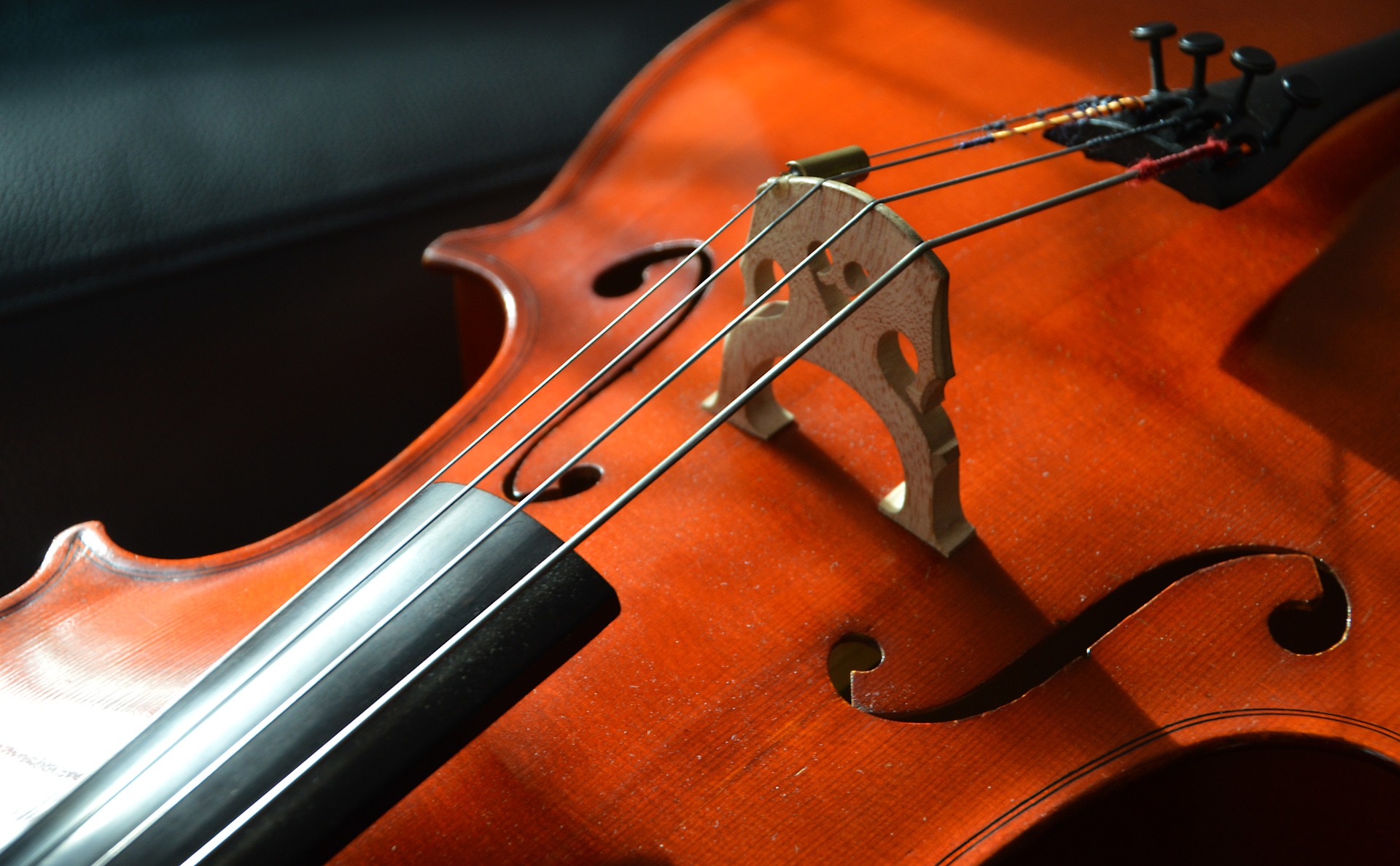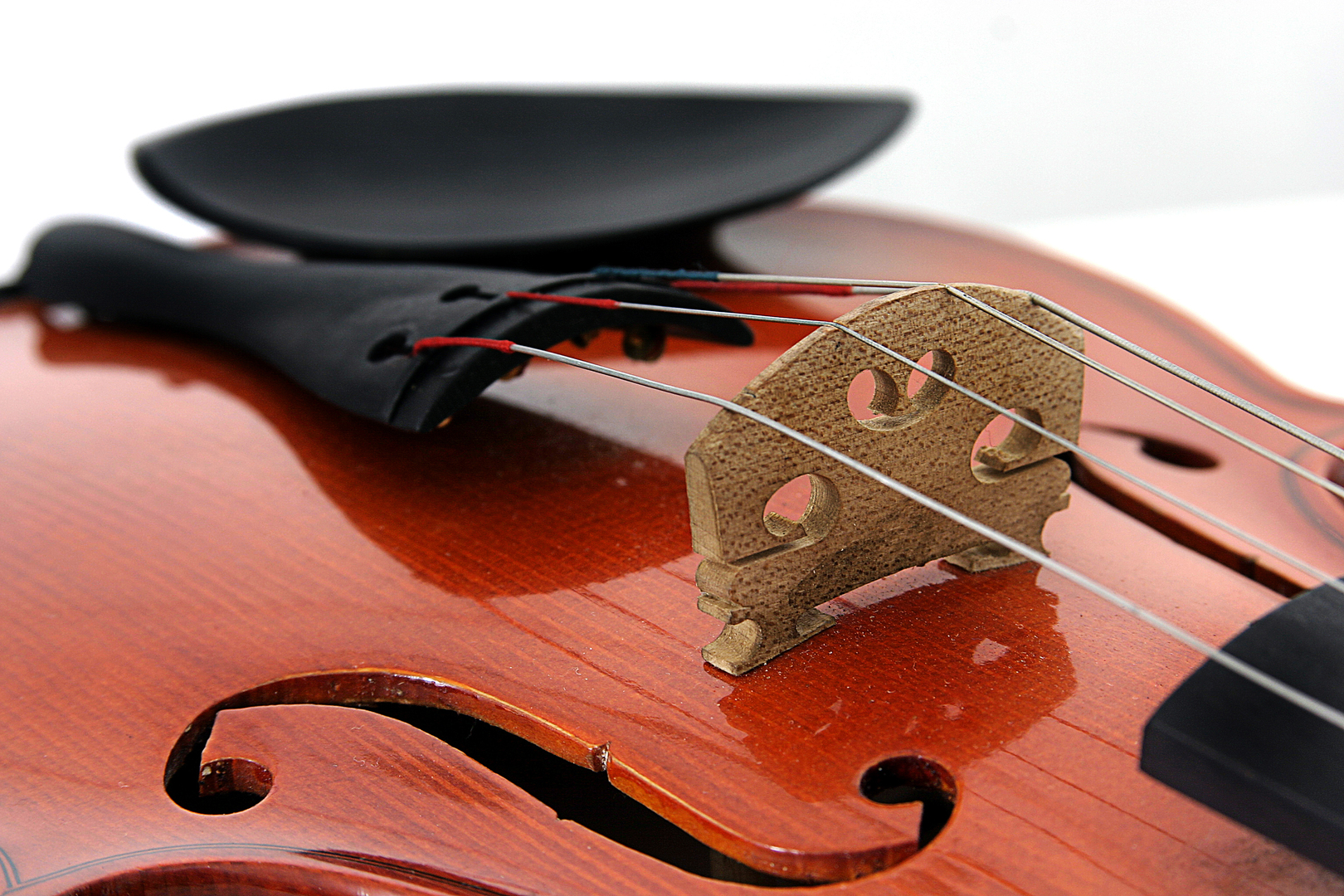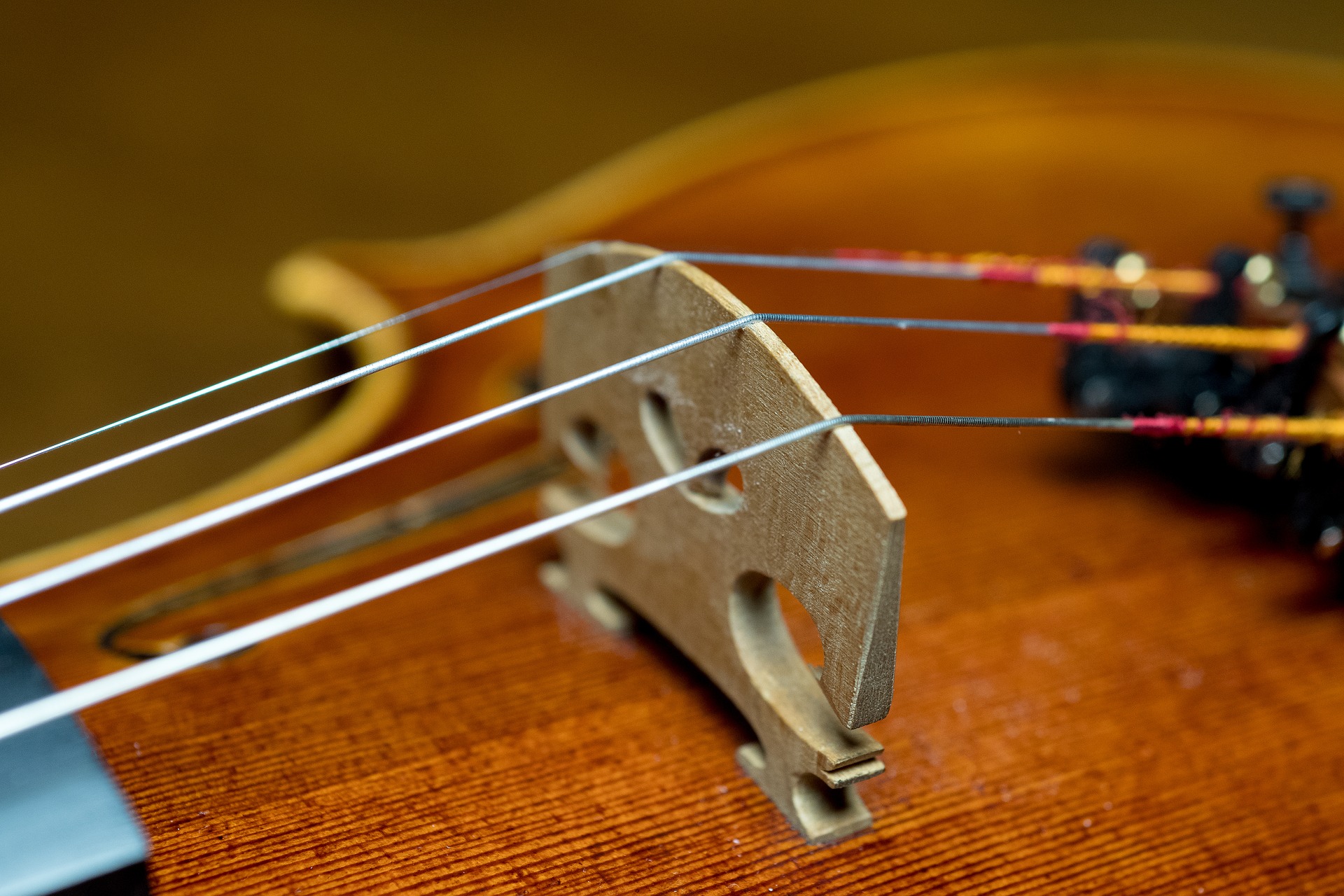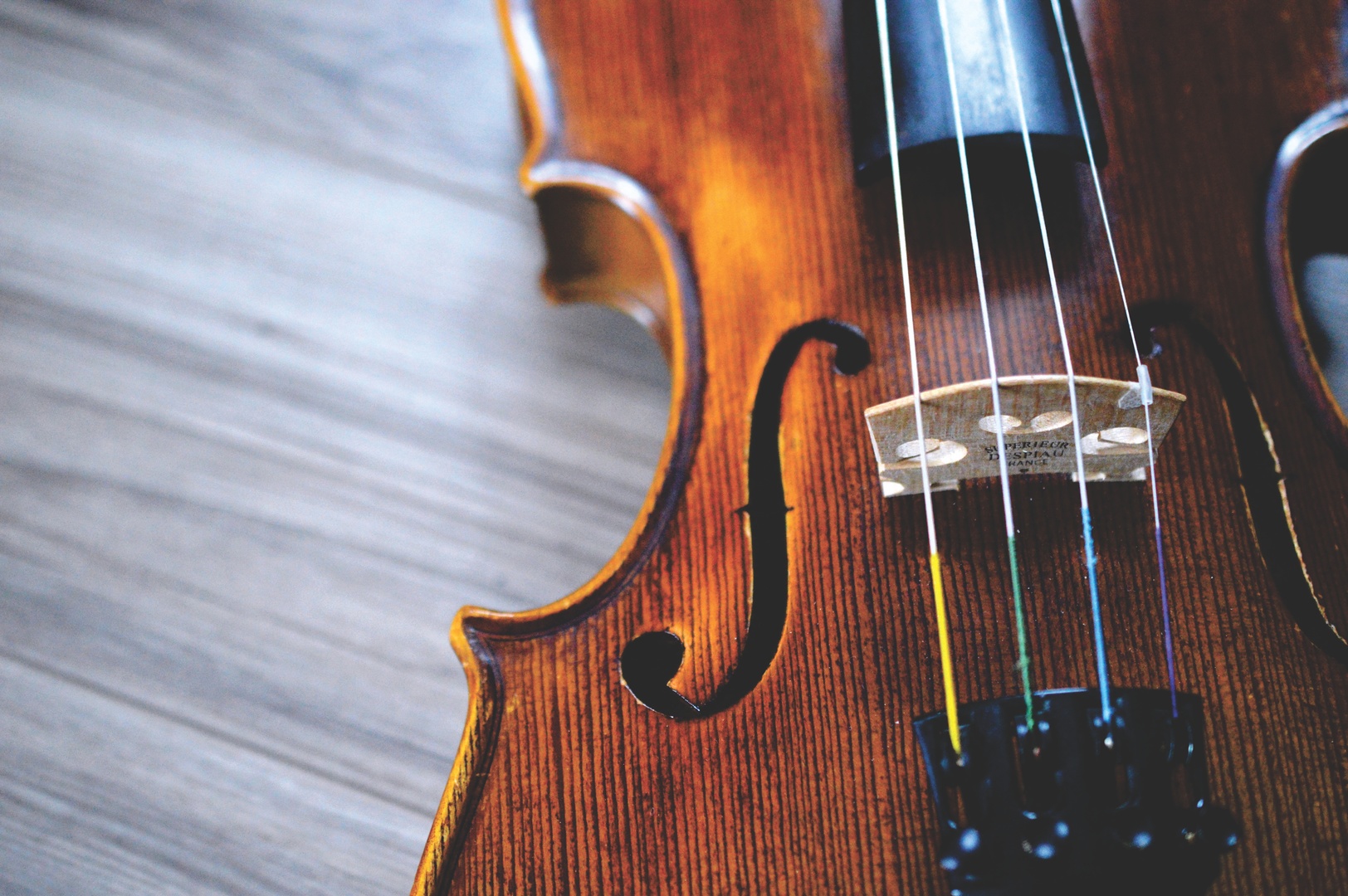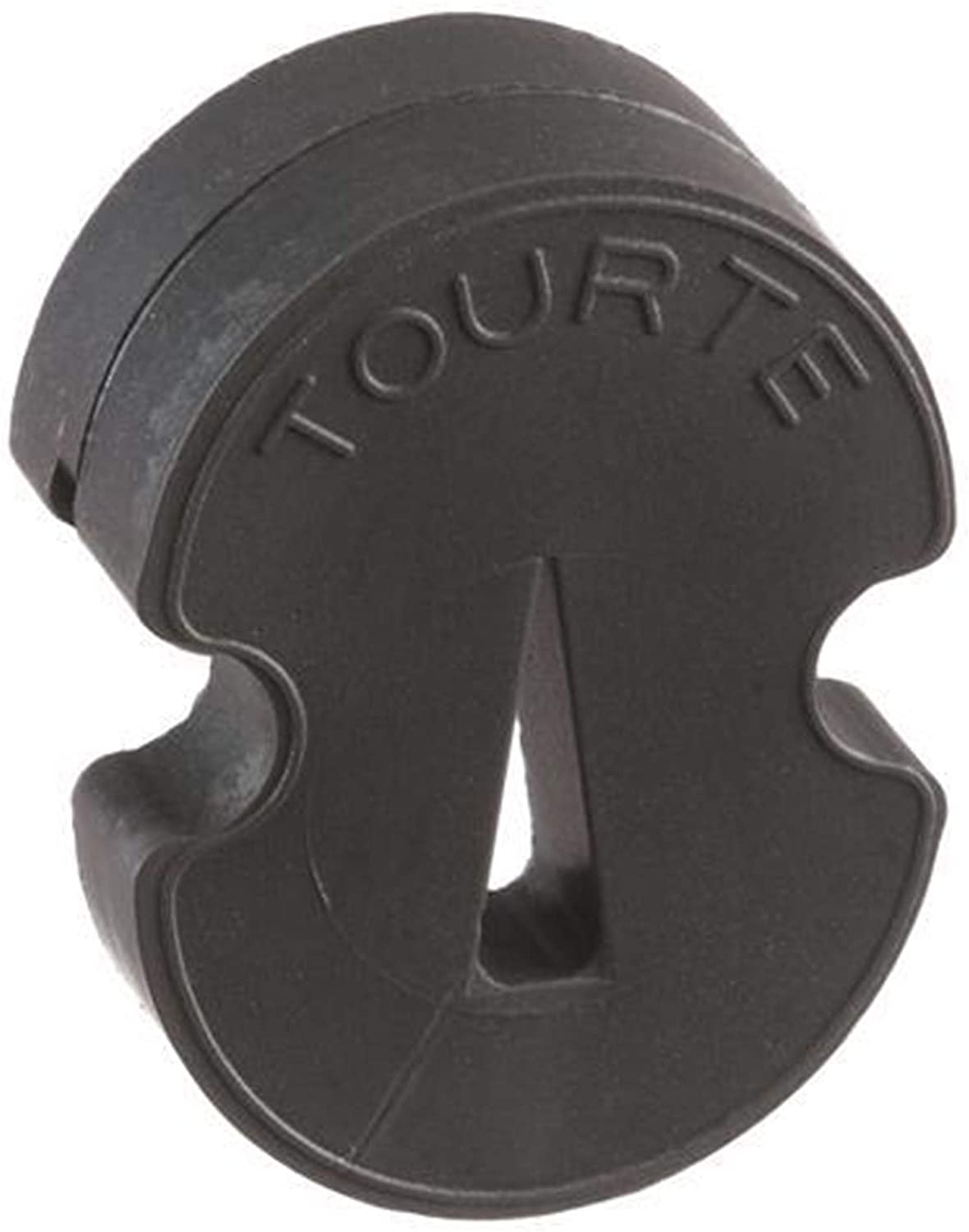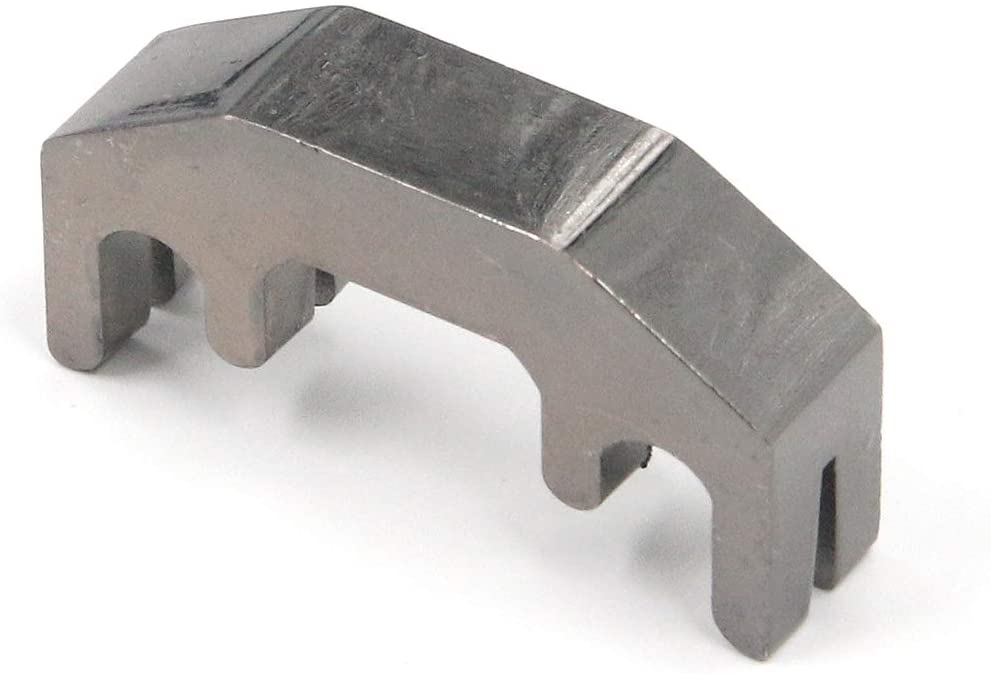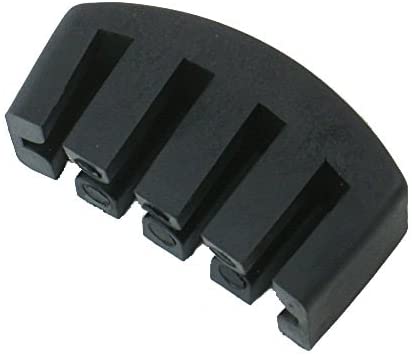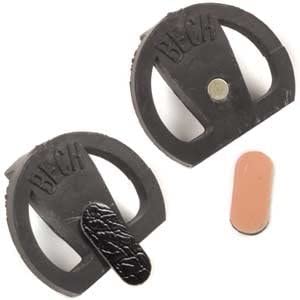- How to Find the Best 5 String Violins - April 19, 2022
- Top Violin Accessories to Consider - April 18, 2022
- Best Left-Handed Violins Guide - April 13, 2022
Bottom line up front
Knowing how to find the best cello mute means finding a material suitable for practice or performance settings. I recommend the Glaesel GL-3816 3 Prong Cello Mute for performances because it is the easiest to put on your cello and will blend in with your instrument more effectively and the Honbay rubber mute for silent practice at home.
If you have a new cello and just replaced the cello fingerboard, you might need a way to dampen the sound. Cello mutes typically dampen the higher notes, which makes the overall sound of your cello a more mellow sound than you would normally get. It’s pretty common to find cello mutes written into classical music.
When a mute is required, it will state:
“Con cordino” or “con sord,” which means “on mute”
When a mute is no longer required, it will state:
“Senza sordino” which means “off mute”
Many classical composers have used cello mutes to add texture to the music they produce. Out of all the many available cello mutes, I have selected the best cello mutes based on quality of materials, how easily they can be taken off or put on your cello, and what you need them for. I recommend the Glaesel GL-3816 3 Prong Cello Mute for performances because it is the easiest to put on your cello and will blend in with your instrument more effectively and the Honbay rubber mute for silent practice at home.
Why Use a Cello Mute?
If you want to make your cello quieter, you can use a mute. A mute is an accessory designed for this purpose. Your cello is an acoustic instrument. As you run the bow across the strings, the vibration of those strings gets projected and amplified through the body of the instrument then toward the audience. Knowing how to find the best cello mute can help you install an accessory that sits over the bridge of your cello and absorbs some of your vibrations as you play. This reduces the amount of noise projected by your instrument.
There are many reasons you might want to learn how to find the best cello mute.
- Some people need to find a cello mute because they live in an apartment and have very thin walls, so it’s difficult to practice at full volume without disturbing the neighbors.
- Some people live with roommates who don’t appreciate hearing the cello throughout the day, especially when trying to do things like study or work from home.
- Some people are very self-conscious, especially beginners, and they don’t want other people to hear them as they practice.
That third reason is why I originally invested in a cello mute. I always loved the cello. I love watching people play the cello and listening to the cello. I always wanted to play the cello, but I had so many other instruments that I was focused on I never took the time during school. Once my kids demanded less of my attention and reached the stages where they were at school, I realized I had a little bit more time on my hands. So I decided in late adulthood to start playing the cello. But I was incredibly self-conscious even though I was the only person in the house with my spouse. I didn’t want them to hear me as I fumbled through my scales over and over because I knew how annoying that could sound for anyone else. With a cello mute, I avoided feeling self-conscious by locking myself in the bedroom and practicing 30 minutes every day.
When you play the cello, you can feel the entire instrument vibrating, as though you are bringing the instrument to life. Anywhere your body has physical contact with the instrument, you can enjoy this vibration. When you start playing successfully, you can hear the different ways your cello’s body vibrates and responds based on what notes you are playing. A cello mute doesn’t take that away from you; it just decreases it.
Before you learn how to find the best cello mute, there are some things you need to consider:
Ease of Use
The most important thing is how easily you can use the cello mute. If you are planning to use a cello mute during performances, you need to put it on and off your instrument very quickly.
You will find two main types of mutes:
- Sliding
- Over the bridge
As their names suggest, the sliding mute slides onto your instrument, whereas the over the bridge mute sits on top of the bridge. The over the bridge mute is significantly easier to take on and off especially quickly. Over the bridge, mutes take a little bit more effort to press them down when you are putting them on, and they provide slightly more dampening. By comparison, the sliding mutes might be easier to use because they slide in place, but they don’t provide the same level of tampering. You need to figure out which one works best for your situation out of these two designs. I strongly recommend that you test each type of mute to figure out which one you prefer using with your instrument and what level of dampening you need for your performance.
Suppose you pick a cello mute just for practice, and you don’t need to know how to find the best cello mute for any performance. In that case, the ease of use is not nearly as important a factor because you won’t be pressed for time, sitting under a hot stage light trying to quickly put the mute back on or whip it off your cello in the middle of the song.
Design
Design is another important element that matters more if you are looking for a performance mute rather than a practice mute. If you are performing on stage, you need a cello mute that complements the appearance of your instrument, like the natural woodwork or the color. If you have a child or are looking like an adult for something to use at home, it might be important to you personally to have something aesthetically pleasing, but it won’t be as integral.
Sound
Every mute will impact the sound of your cello, but it shouldn’t do so negatively. Get another one if you try new cello music and don’t like how your instrument sounds. Never settle for a mute just because it does its job in dampening or silencing your sound. I went through three different mutes before finding the one I liked the most.
You can watch this video for information on installing and using a cello mute:
Material for Cello Mutes
There are different materials for cello mutes. Knowing how to find the best cello mute means finding the suitable material for your circumstances. Again, a cello mute can either serve as a dampener to reduce some of the sounds but still allow you to perform, or it can serve as a silencer to absorb most of your sound so that you can practice in an almost silent fashion. The material for each will be slightly different.
| Practice mutes | Usually metal or rubber performance |
| Performance mutes (dampeners) | Usually rubber or wood |
Metal
The most heavy-duty is a metal practice mute. Metal mutes are usually made of nickel-plated brass, so they are physically cumbersome. Still, they give you a muted sound adequate enough so that you can practice without disturbing roommates or neighbors.
When I was younger, I tried to save money by getting the rubber mute because I didn’t figure I would be loud enough to disturb anyone if I decided to practice while people were in the house. The rubber mute worked well during the day when I only had to block the sound for my husband, and I was locked away in our room. Still, when people were on conference calls or had guests in the evenings, I found that I needed to use the metal mute during the practice while other people were sleeping or when I didn’t want to disturb.
Rubber
Rubber is used for practice mutes and performance mutes. With the best practice mutes for the cello, rubber is a more lightweight material, and it’s better for children who might drop it or lose it because the investment isn’t so significant that you have to take it out of their allowance.
Most rubber cello mutes have a coating on the outside so that they blend in better with the exterior of your instrument. They will dampen the sound enough that you can practice quietly but not quite as well as metal.
Wood
You can still find models with rubber for performance mutes or dampeners, but it’s more likely that you will invest in something made of wood so that it doesn’t reduce the sound as much as a practice mute. Ebony is one of the most common woods for this purpose.
One way that I made friends quickly in my ensemble was to have four extra mutes, so when my neighbors forgot theirs or didn’t have one, I quickly became their rescuer.
Selection Criteria
Though there are many cello mutes, I have selected the best cello mutes based on the quality of material, the ease of use (especially for performers who are on stage) and different needs for different levels. For example: the best cello practice mute will have different materials than a performance cello mute for someone in an orchestra. I have provided selections that work well for at home, silent practice as well as the best cello mutes I use for performances.
The Best Cello Mutes
I have refined my list of the best cello mutes based on the material used, the ease of use, and the sound quality. Again, knowing how to find the best cello mute means knowing whether you want a practice mute to silence your instrument at home or something to use on stage. There are great options for either case.
Tourte Original 1 Hole Cello Mute
The Tourte Original 1 Hole Cello Mute is an ebony mute perfect for solo and orchestral performances. It is straightforward to use, costs under ten dollars and is good quality. This is not a practice mute, so it won’t dampen the sound entirely and makes it suitable to use while on stage. It is made of ebony, so it doesn’t have the visual drawback of a rubber or metal design, but it still has a black coating on it. A single pull tab makes it easy for you to get it onto the bridge of your cello and then move it out of the way when you’re done.
Pros
- Does not take up as much space on your cello
- Made of ebony
- Weighs only 0.25 ounces
- Single pull tab to place on the bridge
Cons
- Not everyone likes the smaller design
Glaesel GL-3816 3 Prong Cello Mute
The Glaesel GL-3816 3 Prong Cello Mute is great for those who want a traditional prong mute. This cello mute sits over the D and G strings on your bridge. It just gets pushed onto the center of your bridge, and you can immediately start playing. It does not dampen as much as others, so it is better for orchestra players.
Pros
- Ebony
- Easiest to put on
Cons
- More traditional design, which not everyone likes
Genesis Metal Cello Practice Mute
There are many metal practice mutes from which to choose, but I recommend the Geesatis Metal Cello Practice Mute because it is so heavy duty. The metal practice mute will provide better silencing, so if your goal is to get a clear tone but a muted sound, this is what you should choose.
Pros
- Fits ½ and ¼ cello
- Won’t rust
- Heavy duty
- Minimizes sound more than rubber
Cons
- Comes in many sizes, so you have to confirm your cello size, or it won’t fit
Honbay Rubber Cello Practice Mute
This is one of the most affordable options. For just over five dollars, the Honbay Rubber Cello Practice Mute dampens the sound perfectly so that you can play your cello without disturbing anyone. It muffles the volume so you can practice with it at home or in school. I use this when I am teaching online because otherwise, my cello is too loud through the computer microphone. The practice mute is loud enough for my students to hear me without blowing out their eardrums.
Note: This is a practice mute only; this is not a mute you can use in performance settings. Please do not keep it on your cello while on stage, or it will stifle the sound, and no one in the audience will hear you.
Pros
- Made of solid rubber
- Easy to slide on the cello
- Heavy duty design
- Good tone
Cons
- Practice mute only
Bech Magnetic Cello Mute
If you are looking for something different, then try the Bech Magnetic Cello Mute. This is a newer version of the standard cello mute. Instead of attaching the way most mutes do, this one comes in two parts which are magnets. You hold one end of the mute over your tailpiece, and the other will automatically attach to the cello. The design means it is not on your strings, unlike other mutes.
Note: If you have fine tuners on your A and D strings, this mute is not a good option for you. The magnet is only in the center of the mute so that the tuners will inhibit its magnetic ability.
Pros
- Does not rattle as much
- Uses magnets, so it attaches easier
Cons
- Can’t be used with fine tuners
FAQ
Answer: You can easily find an array of cello mutes online. You can purchase multiple mutes with certain manufacturers and test them to find the one you like and then return the remainders. If you know which make and model you want, you can also refine your search that way and make the necessary purchase. For those who are uncomfortable buying a cello mute online or those who want to test it on their physical instrument, you can always go to music stores where they will have a wide array of mutes that you can try before you buy.
Answer: This is based on what you need. I recommend an excellent metal cello mute if you want something to completely silence your sound to not disturb anyone while practicing. Suppose you need something for performances; I recommend an ebony cello mute.
Answer: The mute gets placed on top of the bridge of your cello. You want to press it in firmly, just enough that it remains stable and won’t fall off.
Bottomline
There are many great cello mutes out there, but I recommend the Glaesel GL-3816 3 Prong Cello Mute for performances because it is the easiest to put on your cello and will blend in with your instrument more effectively. For practice, use a rubber mute for younger players or beginners and a metal mute for those who need to silence their play completely from nearby ears. It is best to practice with them before you buy and never be afraid to return ones you don’t like until you get one that is perfect for your instrument.
Looking for more interesting readings? Check out:

